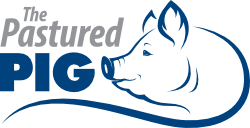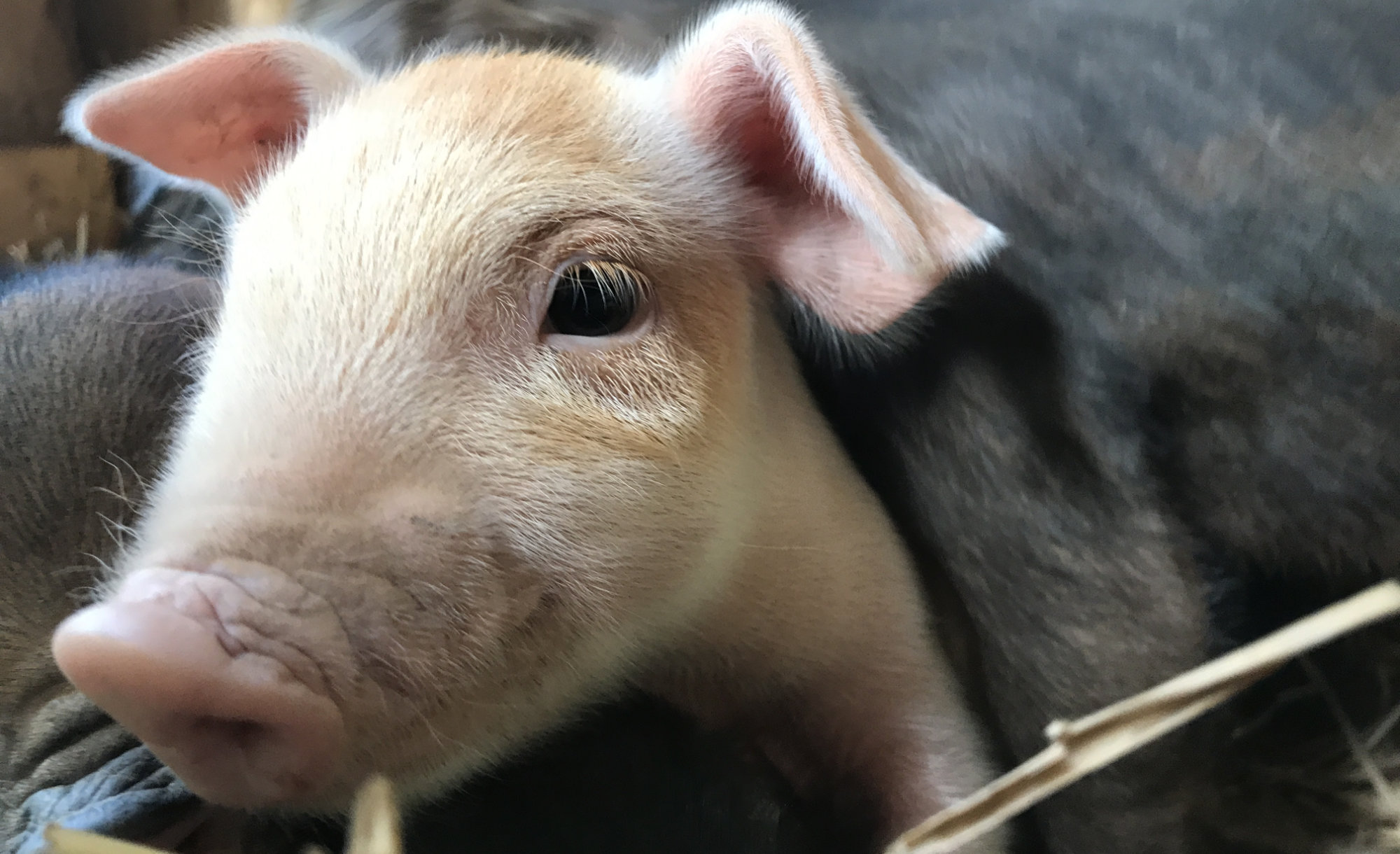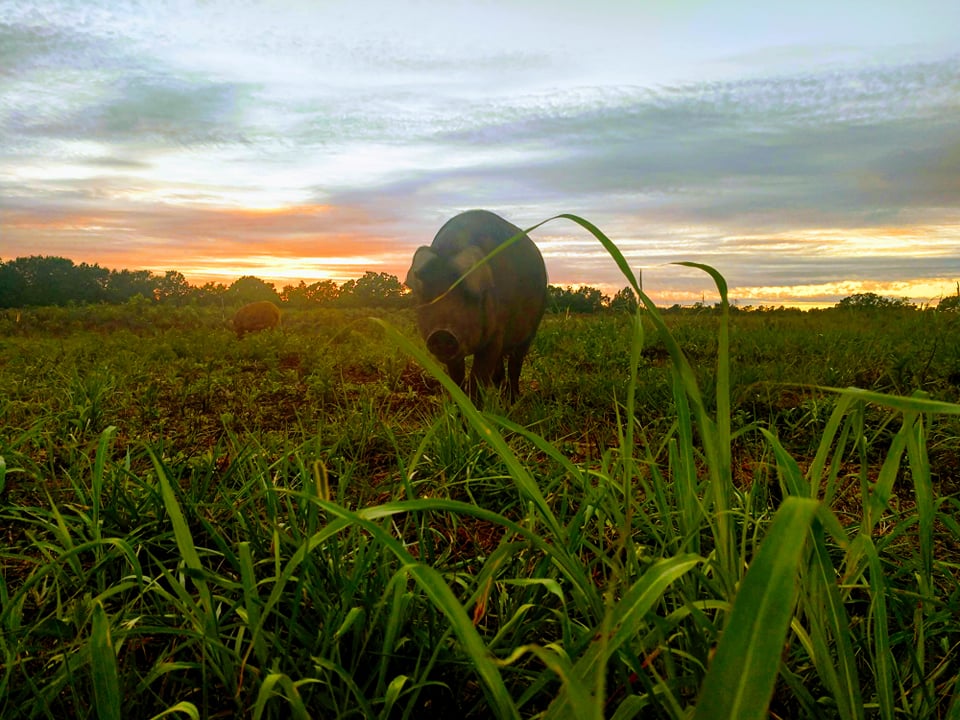With piglets pending here on the farm, I found myself reviewing the processes needed for having healthy piglets. One issue I ran across again was the concern for removing or keeping piglets’ needle teeth. What are they and why is it important to have a better understanding of them? You may have heard reference to needle teeth, wolf teeth, or milk teeth. Are these all the same and do they grow to become tusks if you leave them alone?
Yes, they are all the same. No, they do not grow into tusks if you don’t remove them.
Needle teeth and wolf teeth and milk teeth terms can be used interchangeably. They are the same thing.
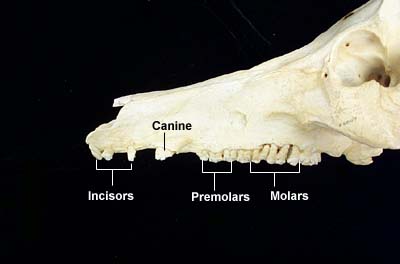
Image Courtesy of Colorado State
Needle Teeth are baby teeth that piglets are born with. There are 8 deciduous needle teeth; two on each side top and bottom. The pair are composed of a 3rd incisor and a canine. The purpose of these teeth are for competition with their brothers and sisters. If you have seen a little of piglets jockey for teat position, then you have seen them use their needle teeth to knock each other around. You may notice small scratches on the ears and faces of your piglets. This is important in wild hogs as it allows the strongest piglet to dominate the teat position. If there are more piglets than teats, then the weakest are pushed aside.
Another benefit is the teeth actually help the piglet’s mouth align with the teat and keep the teat centered as they suckle. They work as a guide for easier nursing.
For domestic pigs, these teeth really aren’t necessary and some farmers elect to clip or grind the teeth. Just like most animal welfare procedures, there are pros and cons to clipping needle teeth.
Pros:
- Eliminate injury to piglets from one another (infection)
- Eliminate teat injury for the mother which could cause her to neglect nursing
Cons:
- Clipped Teeth can shatter below the gum line and introduce infection
- Improper procedure can make teeth pointier
- Scooping up day old piglets from a over protective sow could prove hazardous to your health
- Banned by many animal welfare certifying agencies and sustainable groups
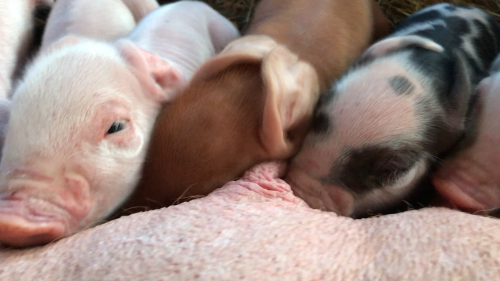 In all my years of farrowing, I have never clipped wolf teeth. Mostly for the con reasons I listed. Philosophically, I like the idea of the competition building heartier pigs. That is why we feed in troughs and bowls so there is competition and more weight gain (eat all you can when you can). A sow that handles wolf teats exhibits a good mothering feature I look for (some of you women can relate to a nursing child that had some teeth come in early).
In all my years of farrowing, I have never clipped wolf teeth. Mostly for the con reasons I listed. Philosophically, I like the idea of the competition building heartier pigs. That is why we feed in troughs and bowls so there is competition and more weight gain (eat all you can when you can). A sow that handles wolf teats exhibits a good mothering feature I look for (some of you women can relate to a nursing child that had some teeth come in early).
If you do decide to clip, please do the following:
- Help someone who has done it before or have them help you
- Buy the proper clipping tool and make sure it is sterile and sharp
- Run your finger over each tooth after clipping to make sure you haven’t made things worse
As I mentioned, needle teeth are deciduous and they will eventually fall out and be replaced by the permanent 3rd incisor and the canine. THEY DO NOT GROW TO BECOME TUSKS
Misunderstanding of the fact that needle teeth are like baby teeth and fall out leads people to assume that by not clipping the teeth their pigs will develop tusks.Tusks in pigs are the developing canine teeth, however, they are the permanent teeth. So removing needle teeth has no bearing on tusks any more the when your baby teeth fell out they didn’t affect your permanent teeth.
All pigs have tusks whether they are domestic or wild. Male and female alike (females are usually smaller). They are the number one means of defense for a pig. The four canines (one on each side top and bottom) continue to grow throughout the life of the pig. The top and bottom actually grind together which helps keep them sharp.
If you raise feeder pigs for processing, you really don’t have to worry about tusks as they don’t erupt in most breeds until the 10th to 12th month of age. This is usually beyond the age of a market weight pig. Your breeding stock, however, will start growing those daggers and not stop.
Both my sows and boars have tusks.
Should you remove your boar’s tusks?
Sure, go ahead and castrate him at that time too. Be sure to send me a video of how that works out for you. If you choose to take on this task, the process can be done with a wire saw, a grinding stone, or bolt cutters.
The pros for your boar not having tusks are obvious.
- Keeps him from opening up the flesh of other pigs
- Keeps him from opening up the flesh of the farmer
Cons:
- This is not an easy procedure to do without a heavily sedated pig
- Can be very dangerous for the farmer
- Can be very painful for the boar
According to an article in the national hog farmer website, (https://www.nationalhogfarmer.com/behavior-welfare/trim-boar-tusks-with-care) research has proven that the boars tusk include nerves that extend above the gum line into the tooth. This study suggests that it is very painful for the boar and can introduce infection that can spread into the jaw. New recommendations are to not trim at all or to grind just the points once a year. Since they continue to grow, you will have to do this step annually and your boar will remember the next time you step into the paddock.
Helpful Links:
To clip or not to clip – Source: https://www.hobbyfarms.com/wolf-teeth-cut-piglets/
